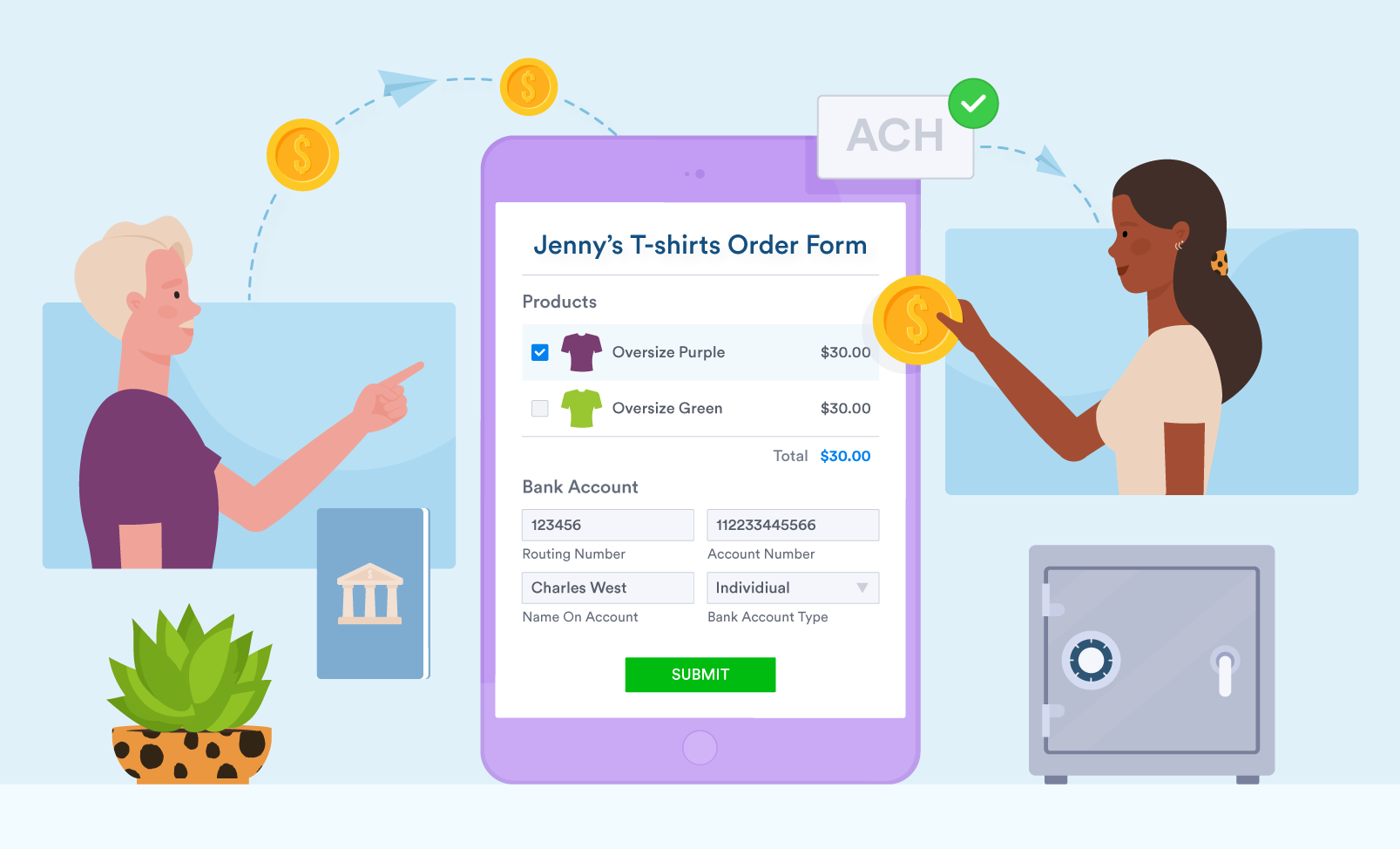Hopefully, after reading this article, resellers, merchants, and credit card transaction processors will have a better grasp of ACH processing and the idea of ACH refunds. If people knew more about the ACH processing lifecycle and, in particular, how ACH refunds work, they might not lose as much money to ACH fraud.
“ACH” is the abbreviation for “Automated Clearing House,” a system for transmitting money electronically throughout the United States. An ACH operator, which could be the Federal Reserve Bank or a private company, is the main clearing house for transactions between banks.
Table of Contents
The significance of ACH returns
Credit card transaction misconceptions and ACH transaction misconceptions are similar. The likelihood of chargebacks is sometimes overlooked because of a lack of familiarity with the whole cycle of processing a credit card transaction. Without sufficient awareness of the whole ACH transaction processing cycle, individuals frequently focus on the early phase, which comprises processing and financing. Therefore, a company is vulnerable to ACH fraud unless it has a complete understanding of the ACH transaction processing cycle.
The notion of an ACH return
If a financial institution that receives depository (RDFI) is unable to conduct an ACH transaction, including a money transfer, the RDFI will issue a rejection known as an ACH return. Some of the most typical explanations for this include the following:
- Lack of funds
- Closed account
- The account number is wrong
When using ACH, anticipate a delay in receiving your money; occasionally, it might take up to two months for your payment to clear. In the ACH transaction lifecycle, the operator provides the desired money temporarily and then requests it back from the bank if there are insufficient funds.
ACH return process
The funds are granted when an ACH operator receives a request. Following that, the ACH operator routes the request to the banks that hold the accounts. If the account’s financial institution is unable to pay out the requested amount, an ACH return is initiated to return the funds to the ACH operator.
ACH fraud
As was already established, not all banks answer ACH operators’ questions as quickly as they should. It might take as long as 60 days for a bank to respond. Therefore, an attacker (customer or merchant) can take advantage of a bank with a slow response time to conduct fraud if they discover it.
Consumer fraud
A customer of a merchant is capable of committing consumer fraud. In particular, such a customer is capable of placing an order with a business for a good or service, paying for it by ACH, and receiving it within a week. The fraudster can use fake account numbers to make the purchase and flee within the week between the transaction and the ACH return if it takes the ACH operator 2 or 3 weeks to check if the bank account is real and has money in it.
Merchant fraud
A merchant has the ability to defraud the payment service provider (PSP).
In particular, a merchant might submit ACH transactions describing fictitious accounts whose routing codes match the “long-responding” banks in order to perpetrate fraud. Although the attacker’s transactions can be paid rather quickly, they will be reversed after institutions have confirmed that the accounts are fake (up to 60 days). The merchant has a chance to flee with the money during this period, shifting the PSP’s financial responsibility to them.
Techniques for preventing ACH fraud
Retailers often use the following measures to combat customer card fraud:
- Accounts can be filtered depending on the IP addressÂ
- Checking names and addresses against criminal databasesÂ
- Examine the services that guarantee and verify checks
When it comes to preventing merchant fraud, the top resources for resellers and PSPs include:
- ACH reserves
- BlacklistsÂ
- Known as “processing caps.”
Feel free to consult with us for additional information regarding ACH returns if you’re interested.
